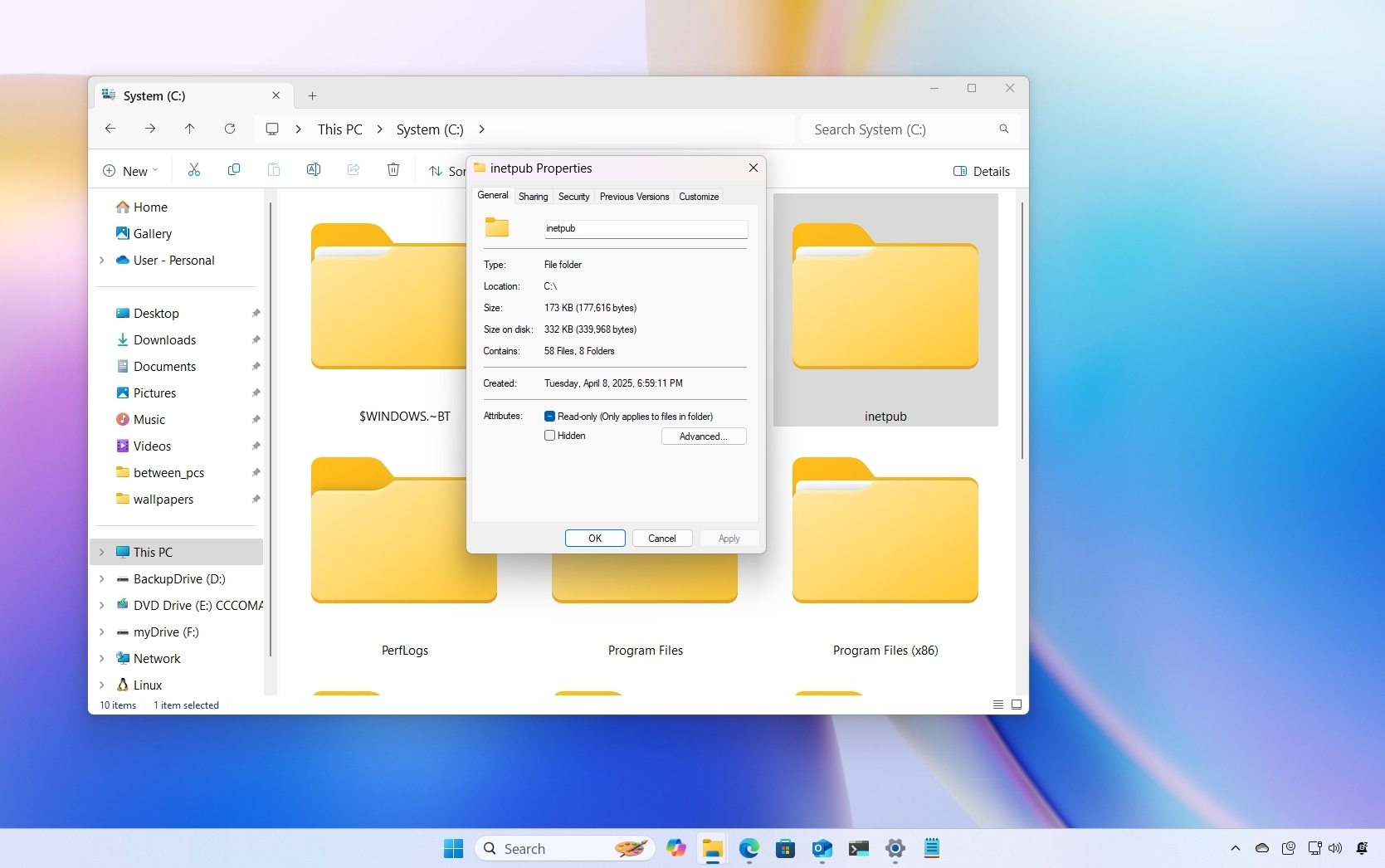Synology DSM 7.0: New features, how to install, and which NAS are supported
It's the same excellent DSM, but with a gorgeous new coat of paint.
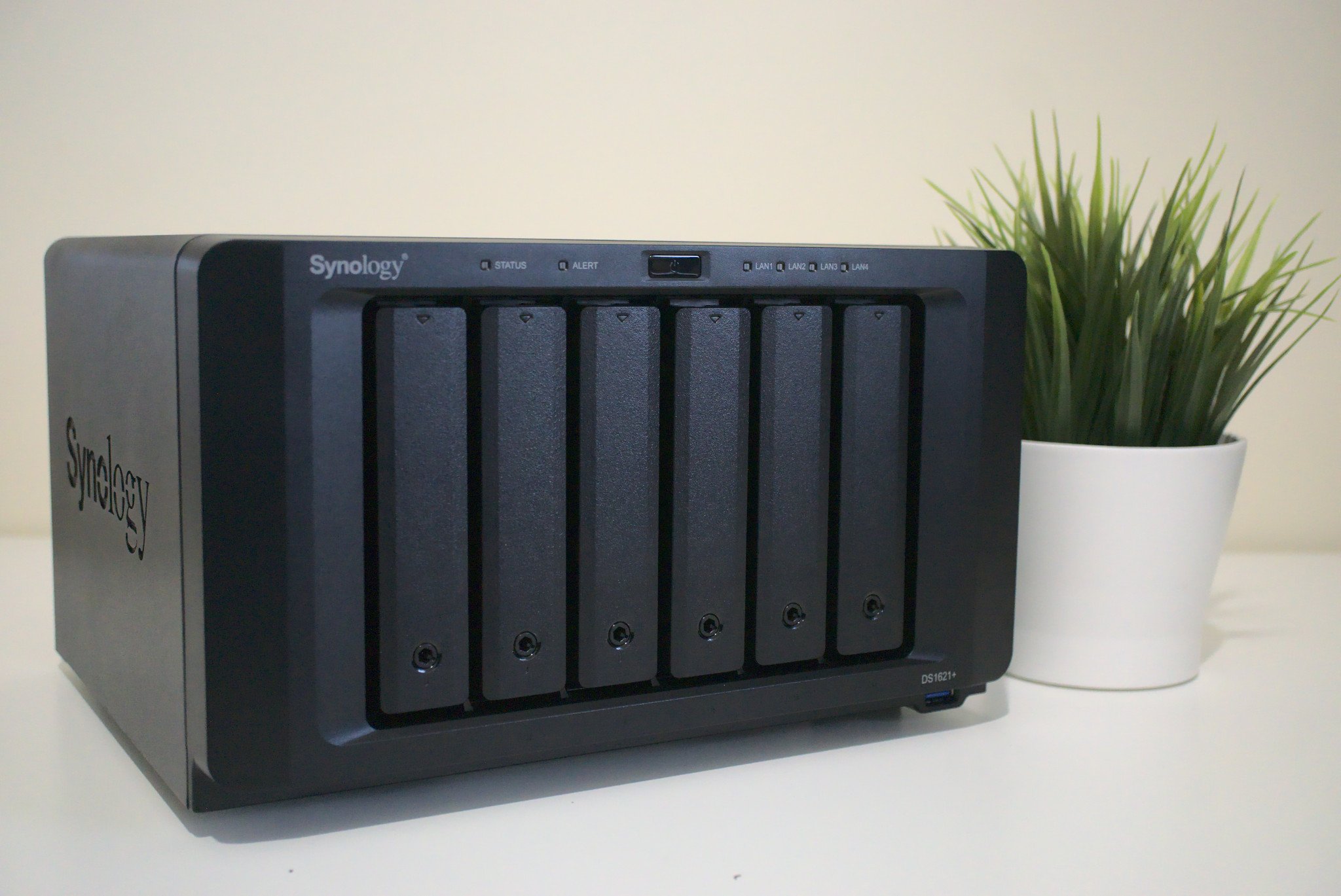
Synology worked hard to give its DiskStation network-attached storage (NAS) operating system a refresh. DiskStation Manager (DSM) is the Windows 10 for Synology enclosures, allowing you to install apps and services, set up and manage accounts, configure various settings, and perform numerous tasks on the NAS server.
It has been some time since DSM has been updated with a major overhaul, but this all changed with DSM 7.0. The beta has been out since the end of 2020 and the general public will now see the update hit NAS enclosures. Here's everything you need to know about DSM 7.0.
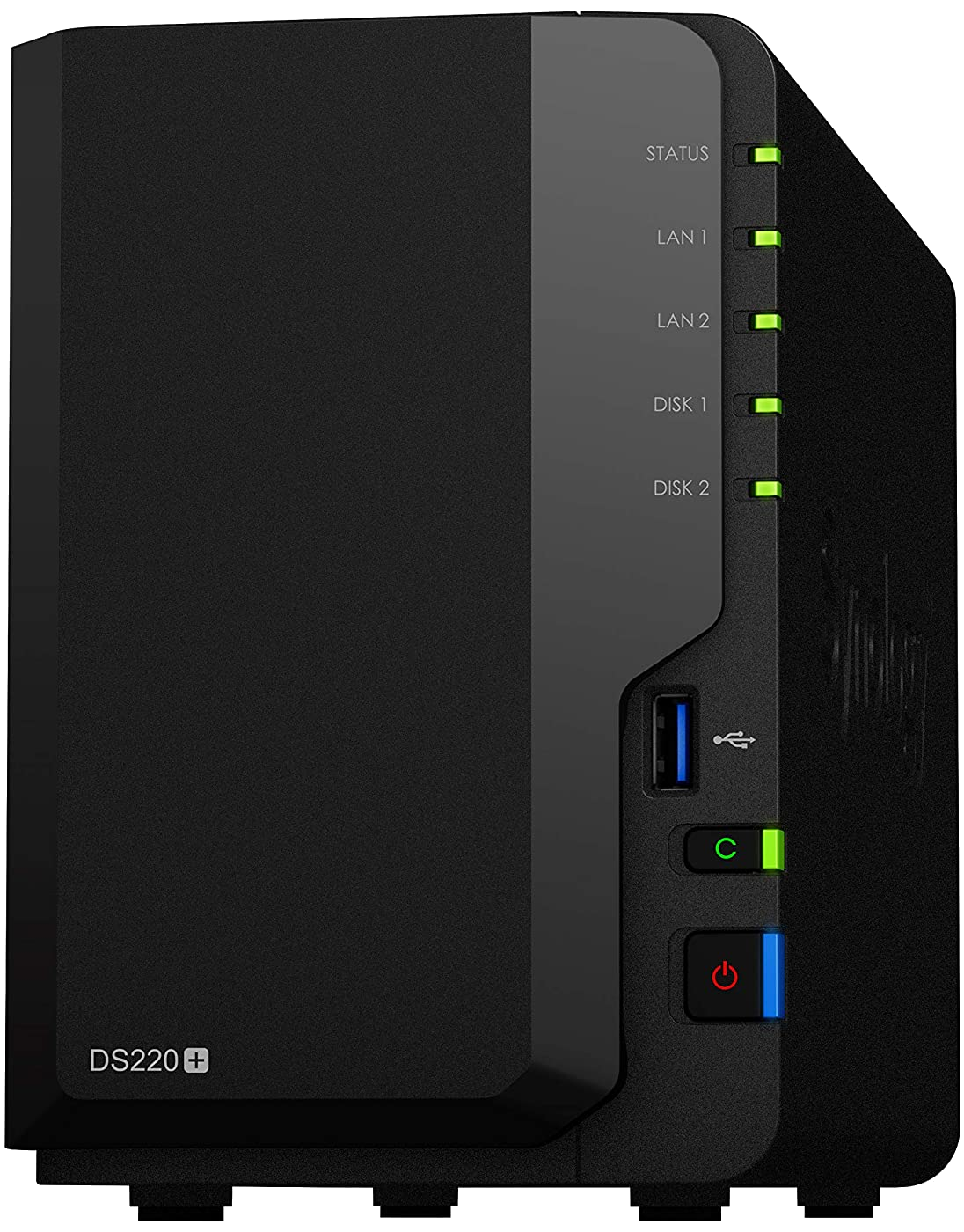
The DiskStation DS220+ is a well-positioned NAS with an attractive price and plenty of performance. The enclosure has two drive bays, an Intel processor, upgradable RAM, and full support for DSM 7.0 once it releases.
Synology DSM 7.0: New features
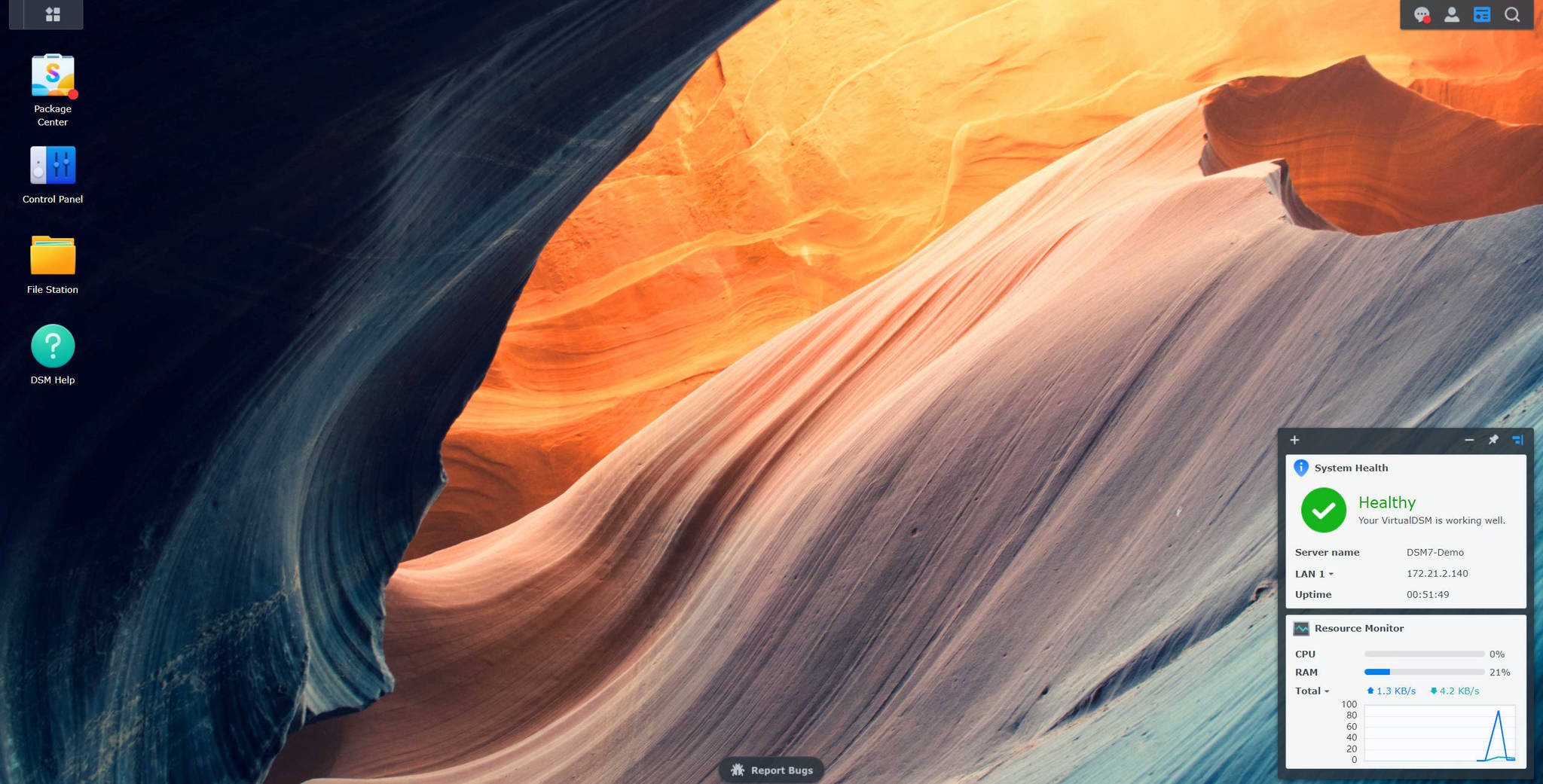
Important changes
There are numerous new features in DSM 7.0, but we should first cover the important update notes. Synology has made some important changes to the update, which have been summarized below:
- USB hardware, including Wi-Fi and Bluetooth dongles, will no longer work.
- DSM 7.0 will end NAS support for ext3.
- DSM 7.0 disables NTLMv1 by default in favor of NTMLv2, which may prevent SMB clients from connecting.
- SSD caches on block-level LUNs are no longer supported.
- NT4 domains are no longer supported.
- DSM URLs have been modified. (Check firewall rules if in use.)
- iSCSI Manager is now SAN Manager in DSM 7.0.
- TLS/SSL profile level in Modern Compatibility will auto change to Intermediate Compatibility for better TLS support and compatibility.
- EZ-Internet has been merged with Router Configuration within Control Panel.
- Python3 has been merged into DSM 7.0 as a built-in service.
- The following DDNS providers have been removed:
- CloudNS.
- DNO-O-Matic.
- DNSEXIT.
- Dynamic DO!.jp.
- Joker.com.
- RU-CENTER.
- TwoDNS.de.
- Variomedia.
- Zoneedit.com.
- QuickConnect is secured with a Let's Encrypt SSL certificate.
- Security Advisor enables login analysis and custom account detection check items by default.
- Video conversion to FLV and MPEG-4 Part 2 formats are no longer supported on:
- DS120j.
- DS119j.
- DS216se.
- DS215j.
- DS115.
- DS115j.
- RS814.
- RS214.
- DS414.
- DS414slim.
- DS414j.
- DS214+.
- DS214.
- DS214se.
- DS114.
- DS213j.
- Active Insight and Hybrid Share Service are built into DSM 7.0 and will be automatically installed.
New features
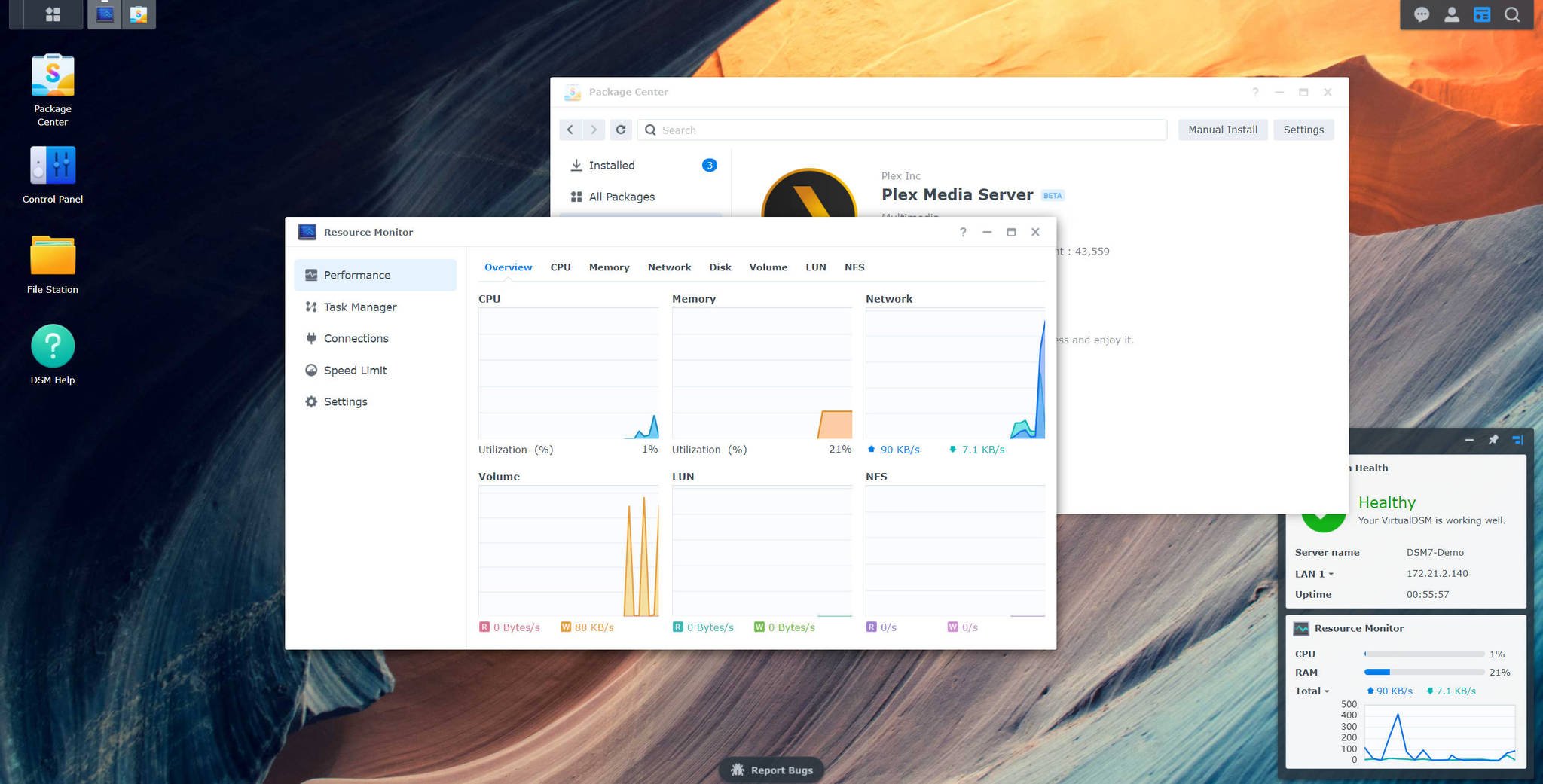
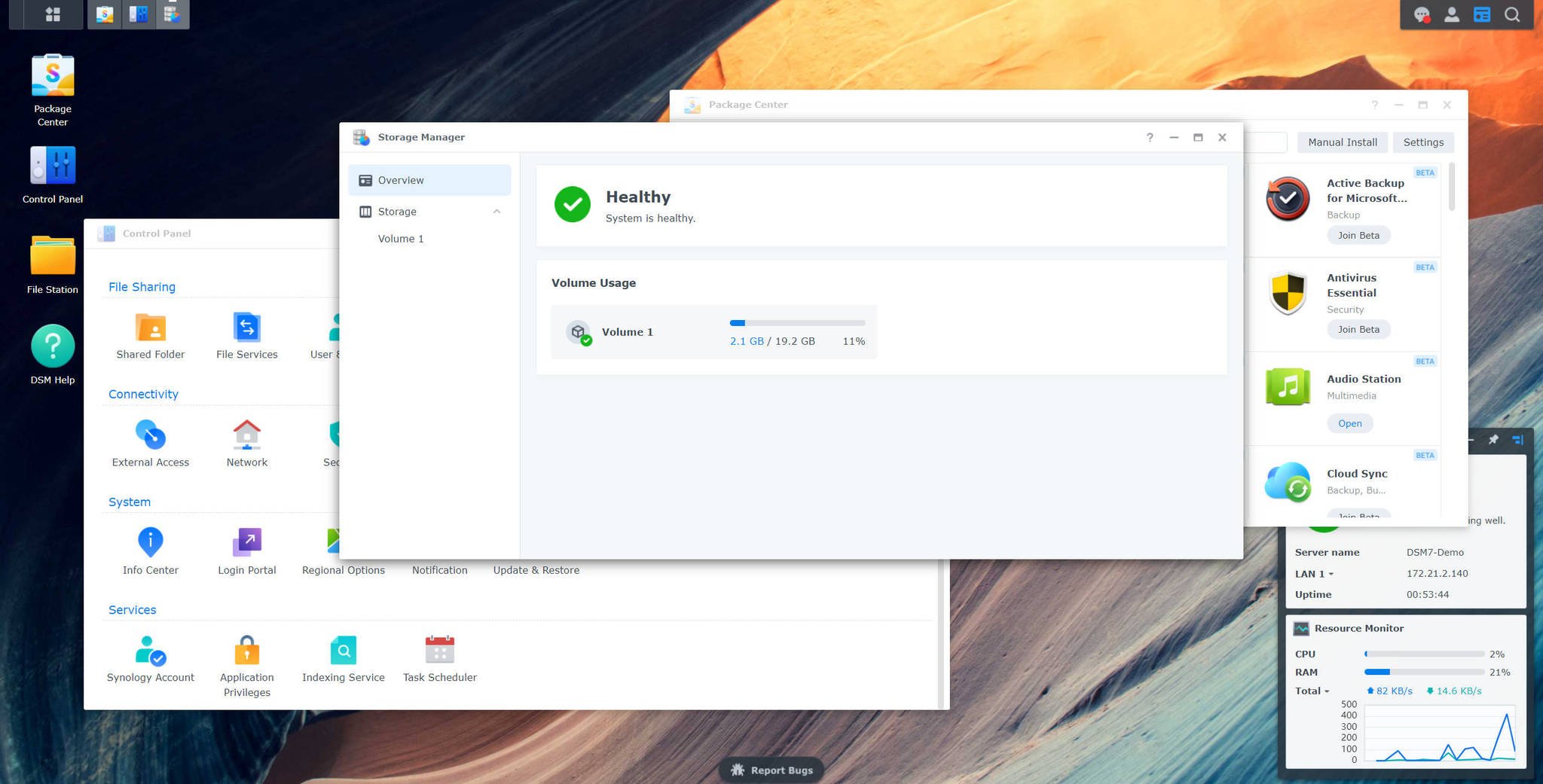
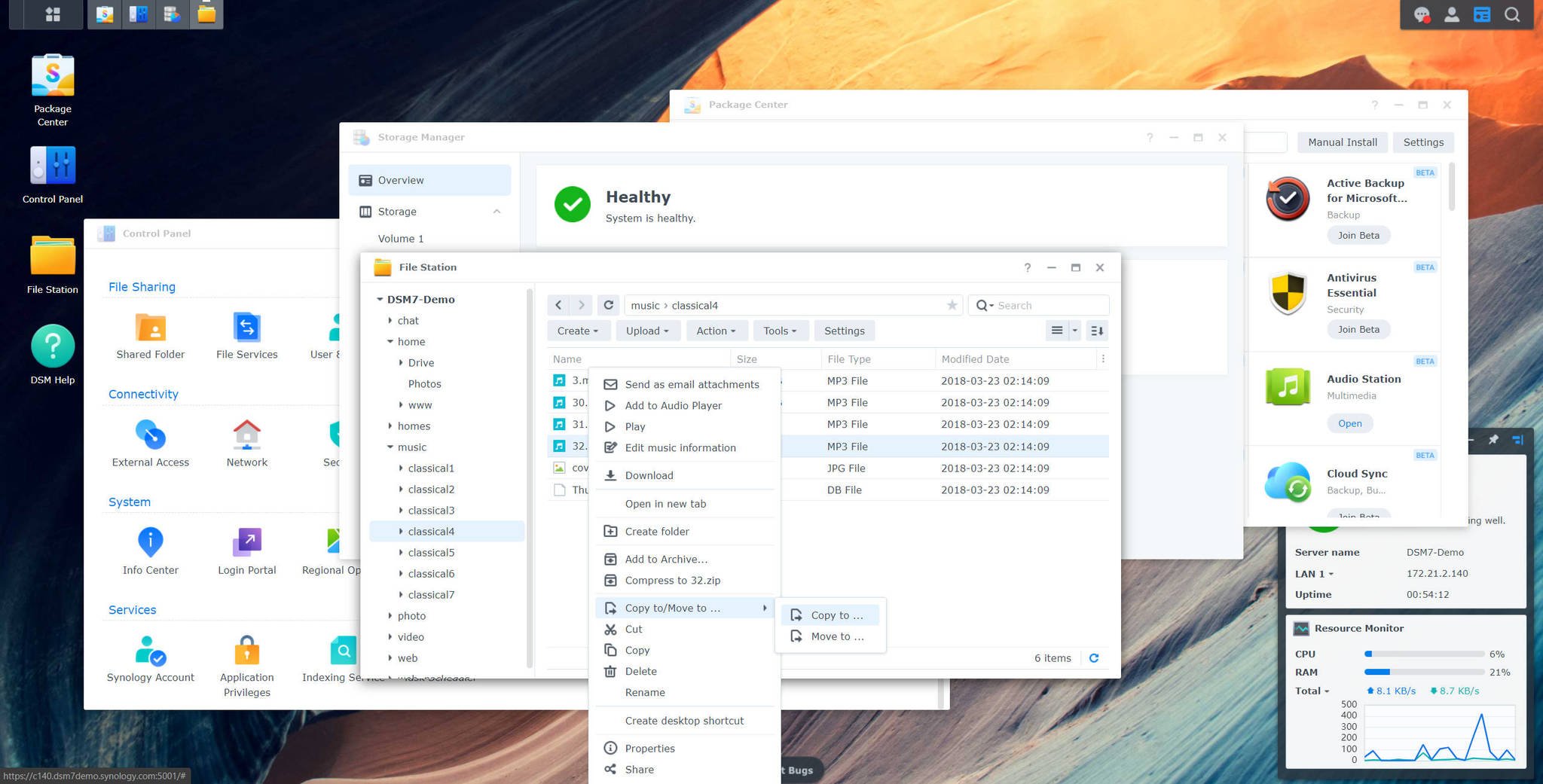
There's plenty to like about the update, aside from the removal of USB device support for wireless dongles. The visual refresh to the OS alone is worth upgrading your NAS. After running DSM 7.0 for a few weeks, I've come to appreciate what Synology has worked into this release. It was easy to set up Plex on the Synology NAS after updating, and more.
The biggest change with DSM 7.0 is the user interface. The OS looks far more slick and modern, something you'd actually enjoy using in 2021 and beyond. DSM 6.x wasn't ugly by any stretch, but it was starting to show its age, especially as Synology competitors worked to improve their own OS solutions. Now, DSM is once again ahead of the game.
My favorite improvement is the login experience. Instead of using the username and password credential combination each and every time, you can now set everything up so you require only your username and a third-party authenticator. In the world of two-factor authentication, this is a fantastic improvement, and it even works with FIDO2.
Here's a full list of changes from the company.
Get the Windows Central Newsletter
All the latest news, reviews, and guides for Windows and Xbox diehards.
Storage
- Storage Manager:
- Added visuals of Synology NAS models with their drive slots, expansion units, and built-in M.2 slots to help users view drive status.
- Enhanced usability with a clearer display of the relationship between storage pools, volumes, and SSD caches.
- Enhanced the setup process of Hot Spare and Data Scrubbing.
- Added a feature to guide users through configuring newly inserted drives.
- New features of storage pools, volumes, and drives:
- Supports performing different tasks on different storage pools simultaneously.
- Supports updating the firmware for Synology drives.
- Enhanced the access performance of degraded RAID 6 by 70%.
- Added display of the storage usage of each category item on Btrfs volumes.
- Added a new Fast Repair mechanism to reduce the time needed for RAID repair based on storage usage and thus reduce the time of RAID degradation.
- Added the ability to replace a drive in a healthy storage pool with an unused one without interrupting services or causing storage-pool degradation.
- Added the ability to automatically replace "Critical" or "Failing" drives in protected storage pools with Hot Spare.
- Added the Auto Repair feature to automatically run a RAID repair when a malfunctioned drive is replaced with a healthy one in the same drive slot.
- Added the ability to eject a storage pool on an expansion unit to ensure the safe removal of drives without interrupting system services.
- Added the ability to mount storage pools from drives that are inserted after the device has been powered on without interrupting system services.
- Supports customizing the low-capacity notification for individual volumes when their available space drops below the specified value.
- Added support for space reclamation schedules for Btrfs volumes.
- SSD Cache:
- Added the ability to create and remove SSD caches without interrupting system services.
- Added the new SSD Cache Advisor to monitor I/O accesses and provide more accurate capacity recommendations.
- Added the ability to pin all Btrfs metadata to SSD caches to enhance the performance of accessing small files and shorten the response time when accessing files regularly.
- Added the ability to activate automatic protection on SSD read-write caches with multi-drive fault tolerance.
- Added support for the quick write-back mechanism, delivering a 30% faster synchronization from SSD caches to HDDs when automatic protection is activated.
Resource Monitor
- Revamped the display of recorded performance metrics with a finer granularity of data points and the ability to focus on certain time points.
- Enhanced monitoring transparency of system services by separating larger, unrelated processes.
- Added the ability to manage currently accessed files and their connected users to better handle locked files.
- File System/File Services.
- Supports enabling/disabling file compression for shared folders created on DSM 7.0.
- Enhanced file compression ratio and added display for the current ratio for each shared folder.
- Added support for cross-protocol locking between SMB and AFP.
- Supports accessing encrypted shared folders via NFS.
- Enhanced Btrfs performance and lowered I/O latency.
- Modularized the SMB file service into a package.
- Allows users to enable/disable SMB transfer logs for permission changes, providing more flexible transfer logs.
- Enhanced the encryption performance by up to 10% on certain models with the x86 platform.
- In Windows File Explorer, users can now search for the files and their content in indexed folders.
User Management
- Enhanced the password policy. Passwords must exclude username and description, include both upper-case and lower-case letters as well as numerical digits. The minimum password length is eight characters.
- Added the ability to delegate predefined administrator roles to non-administrator user accounts and allow them to manage certain services and system settings, offering more flexible permission management.
- Added the ability to require imported users to change their passwords after their initial DSM logins.
- Added the ability to assign user accounts from import lists to specific groups.
- Domain/LDAP Integration
- Enhanced LDAP client authentication performance by reducing the number of queries sent with a caching mechanism.
- The following services and packages now support UPN logins: Synology Assistant, Hyper Backup, Synology Mail Server, Synology Calendar, and Shared Folder Sync.
- Enhanced domain database synchronization performance by syncing only altered data.
Security
- Added the ability to block USB and console ports.
- Enhanced QuickConnect connection process to strengthen security.
- Provides only TLS 1.3 support for the Modern Compatibility option for TLS/SSL profile level.
- Added the ability to set 2-factor authentication as mandatory for specific users or groups.
User Experience
- Enhanced user experience for DSM first-time installation and Synology Account related service setup (e.g., QuickConnect).
- Added the ability to automatically install important DSM and package updates.
- Added information and usage tips about security, notification, and other recommended settings in DSM Help.
- Added the ability to back up DSM system configuration to a connected Synology Account.
- Added the ability to export folder permissions reports.
- Added support for application webhook integration to send system notifications to Synology Chat and other third-party applications.
- Added severity levels to notifications for better categorization of events.
- Enhanced user interface responsiveness to launch installed packages and services faster.
- Enhanced login performance when connecting from external networks.
- Enhanced user experience for package update processes by displaying the update status with package icons on the DSM desktop.
- Supports resetting the passwords of all user accounts in the administrators group by pressing the RESET button on Synology NAS for four seconds.
- Revamped the Service tab at Control Panel > Info Center. The tab focuses on the status of enabled services and packages, including local ports, router ports, and firewall permissions.
- Enhanced Control Panel usability by reorganizing related functionality together.
- Added a new Synology Account tab to consolidate future services provided through Synology Account.
- Consolidated Domain/LDAP options to be configured in a new unified wizard.
- Consolidated QuickConnect settings into the External Access tab.
- Consolidated User and Groups settings.
- Consolidated Theme and Application Portal options into Login Portal tab.
- Consolidated email notification options into Notification > Email tab.
- Consolidated WS-Discovery into File Services > SMB.
- Consolidated Network > DSM Settings into Login Portal > Web Services.
- Relocated the SMB Server Signing option to File Services > SMB > Advanced Settings.
- Moved Shared Folder Sync into the File Services tab.
- Moved the Enforce 2-factor authentication option into the Security tab.
- Modularized DHCP Server into a package.
Synology DSM 7.0: When will it be released?
Synology released update 7.0 for NAS enclosures on June 29. You can download the public release right now through your NAS updater or manually from Synology's website. See our full DSM 7.0 review for more details.
Synology DSM 7.0: Supported NAS
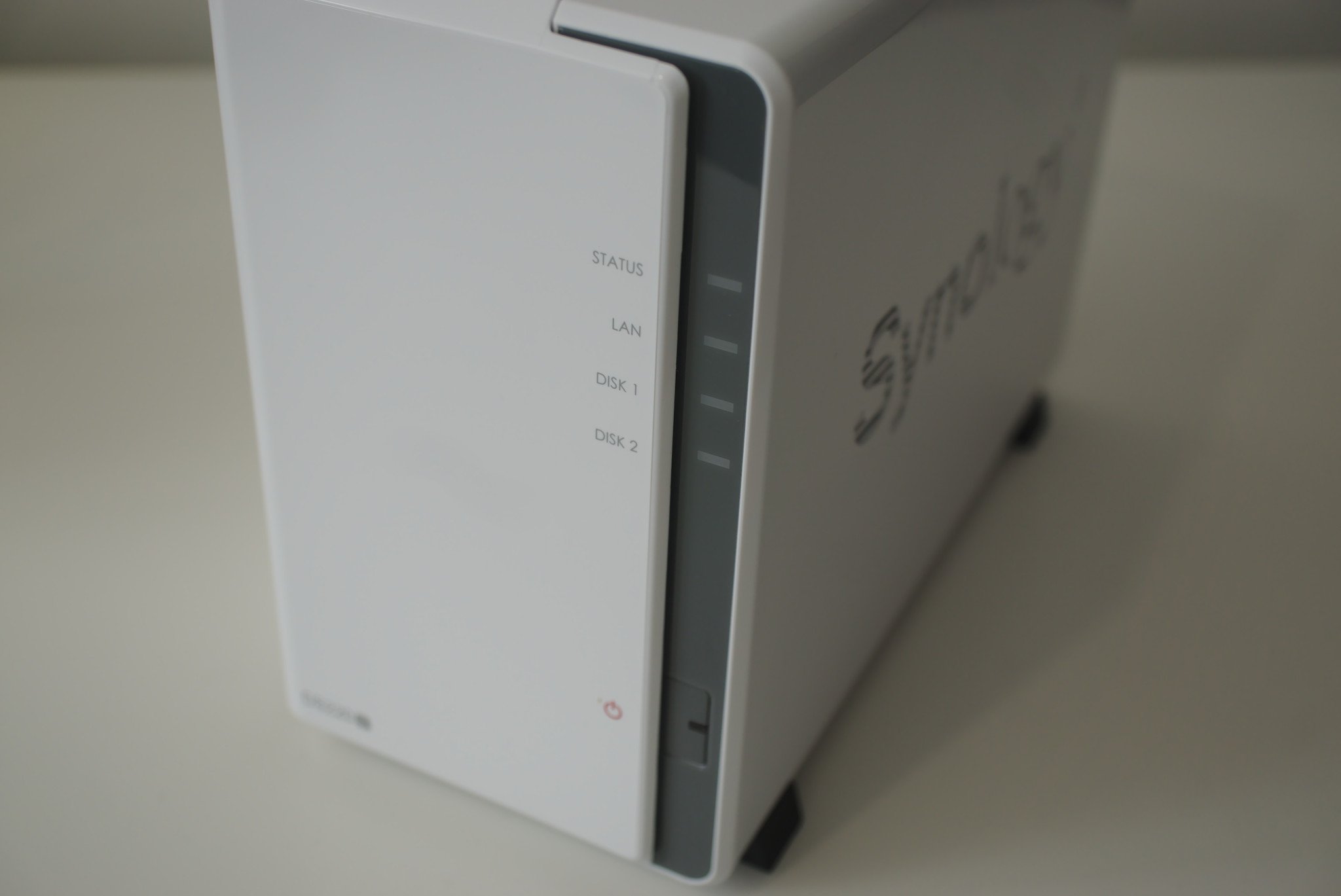
21-series
- DS1621+
- DS1821+
- RS1221+
- RS1221RP+
- RS2421+
- RS2421RP+
- RS2821RP+
20-series
- DS120j
- DS220j
- DS220+
- DS420j
- DS420+
- DS620slim
- DS720+
- DS920+
- DS1520+
- RS820+
- RS820RP+
19-series
- DS119j
- DS419slim
- DS1019+
- DS1819+
- DS2419+
- DS2419+II
- RS819
- RS1219+
18-series
- DS118
- DS218j
- DS218play
- DS218
- DS218+
- DS418j
- DS418play
- DS418
- DS718+
- DS918+
- DS1618+
- RS818+
- RS818RP+
- RS2418+
- RS2418RP+
- RS2818RP+
17-series
- DS1517
- DS1517+
- DS1817
- DS1817+
- RS217
16-series
- DS116
- DS216se
- DS216j
- DS216play
- DS216
- DS216+
- DS216+II
- DS416j
- DS416slim
- DS416play
- DS416
- DS716+
- DS716+II
- DS916+
- RS816
- RS2416+
- RS2416RP+
15-series
- DS115j
- DS115
- DS215j
- DS215+
- DS415play
- DS415+
- DS715
- DS1515
- DS1515+
- DS1815+
- DS2415+
- RS815
- RS815+
- RS815RP+
14-series
- DS114
- DS214se
- DS214play
- DS214
- DS214+
- DS414j
- DS414slim
- DS414
- RS214
- RS814
- RS814+
- RS814RP+
- RS2414+
- RS2414RP+
13-series
- DS213j
- DS713+
- DS1513+
- DS1813+
- DS2413+
Synology DSM 7.0: How to install
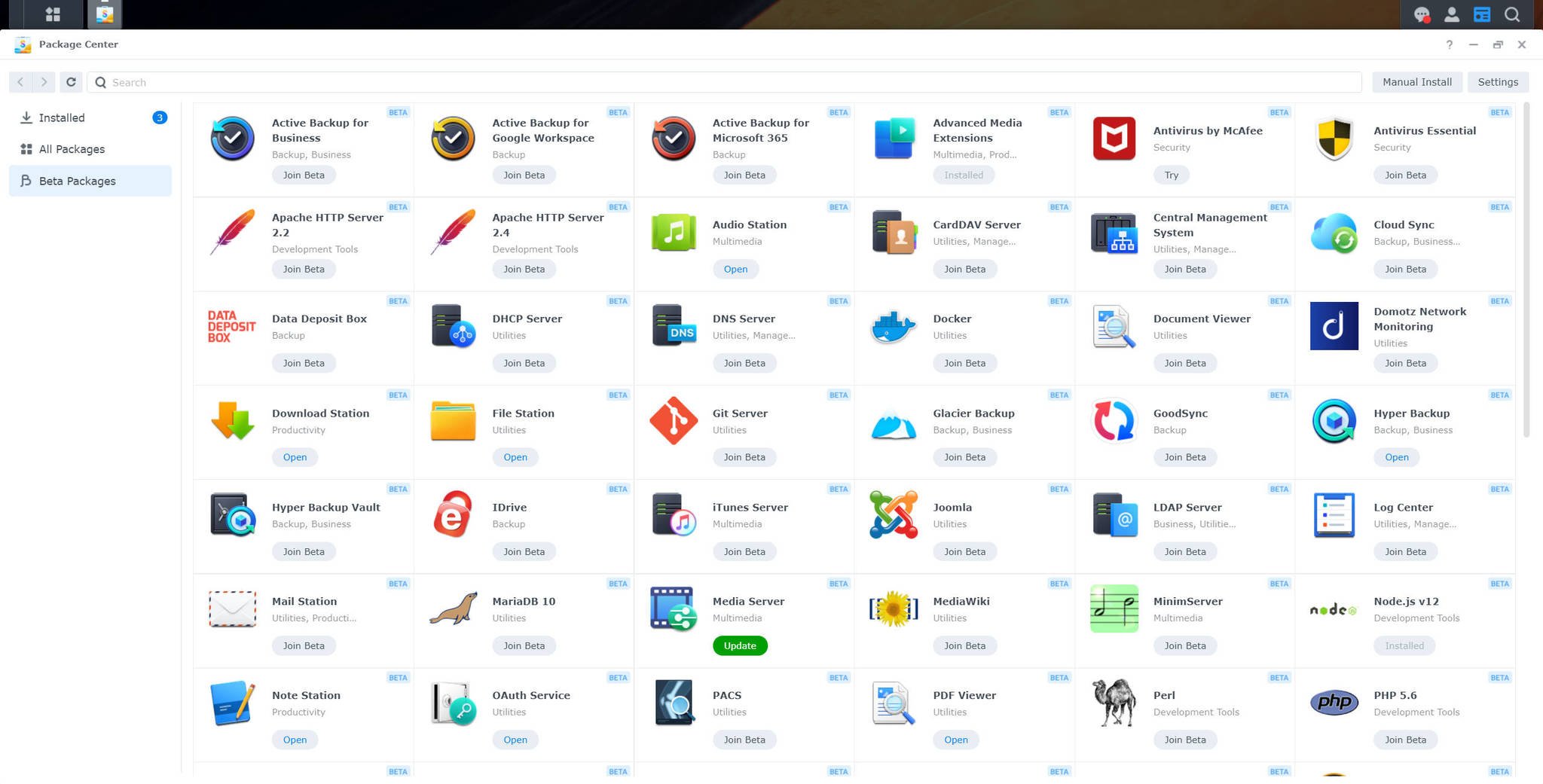
I always recommend backing up your NAS before updating the DSM. Please do so before upgrading to DSM 7.0. You'll need to be running at least DSM 6.2 or above. You should see a notification for the update once your NAS performs a check in the background, but here's how to install DSM 7.0 on your Synology NAS manually if it doesn't show:
- Visit Synology Download Center.
- Select your NAS model using the drop-down menus.
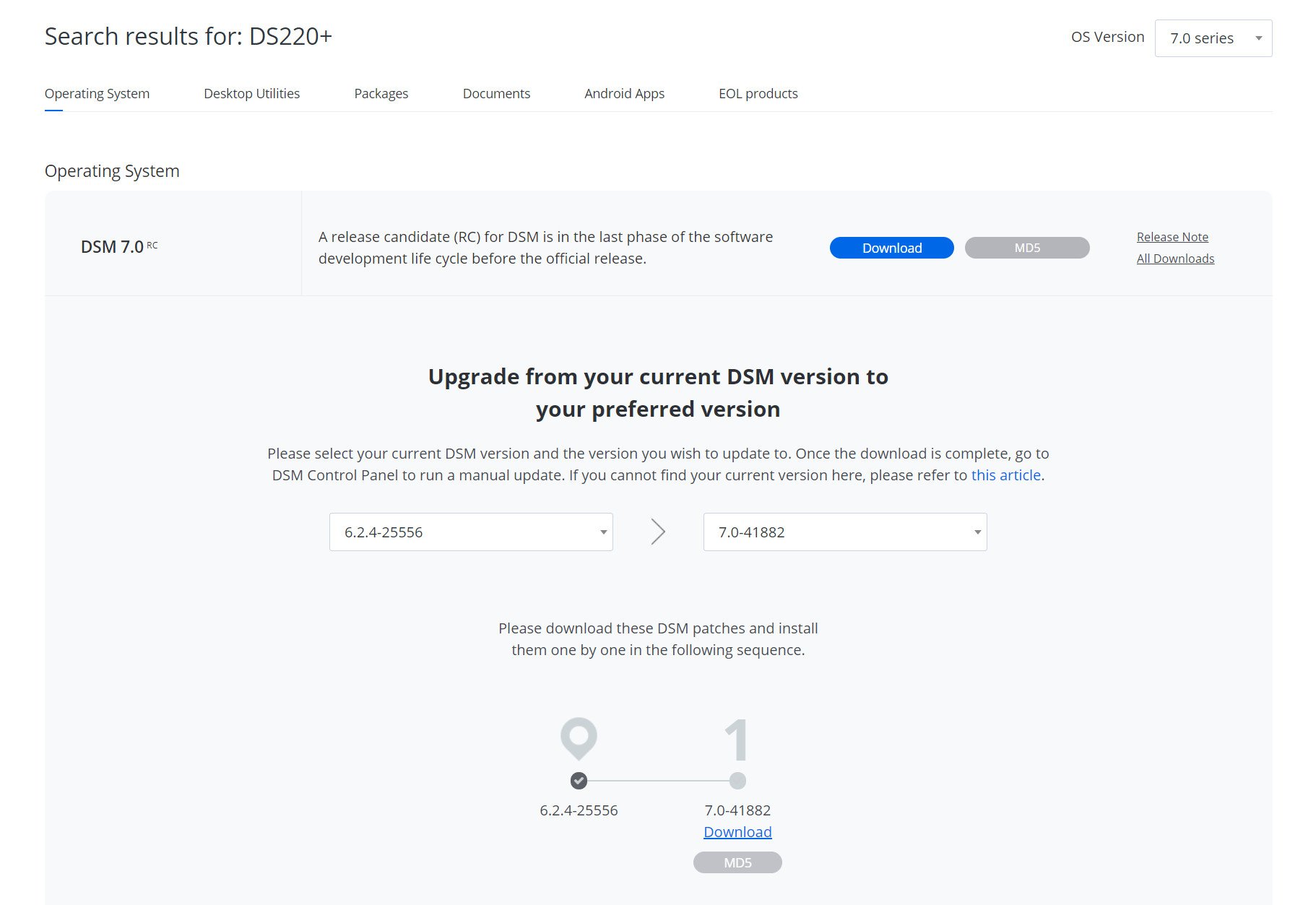
- Change the OS Version to "7.0."
- Select the DSM version you're updating from, as well as 7.0 in the menus under the 7.0.
- Click on Download.
- Log into your NAS.
- Go to Control Panel > Update & Restore > Manual DSM Update.
- Click Browse and select the downloaded DSM 7.0 update file.
- Click OK to update DSM.
The NAS will then run through the installation process and will reboot. Sit back, relax, and read through the list of new features in the meantime.

Looking to buy your first NAS enclosure? Look no further than the Synology DiskStation DS220+. It's our top pick for best NAS for home for very good reason.

Rich Edmonds was formerly a Senior Editor of PC hardware at Windows Central, covering everything related to PC components and NAS. He's been involved in technology for more than a decade and knows a thing or two about the magic inside a PC chassis. You can follow him on Twitter at @RichEdmonds.
